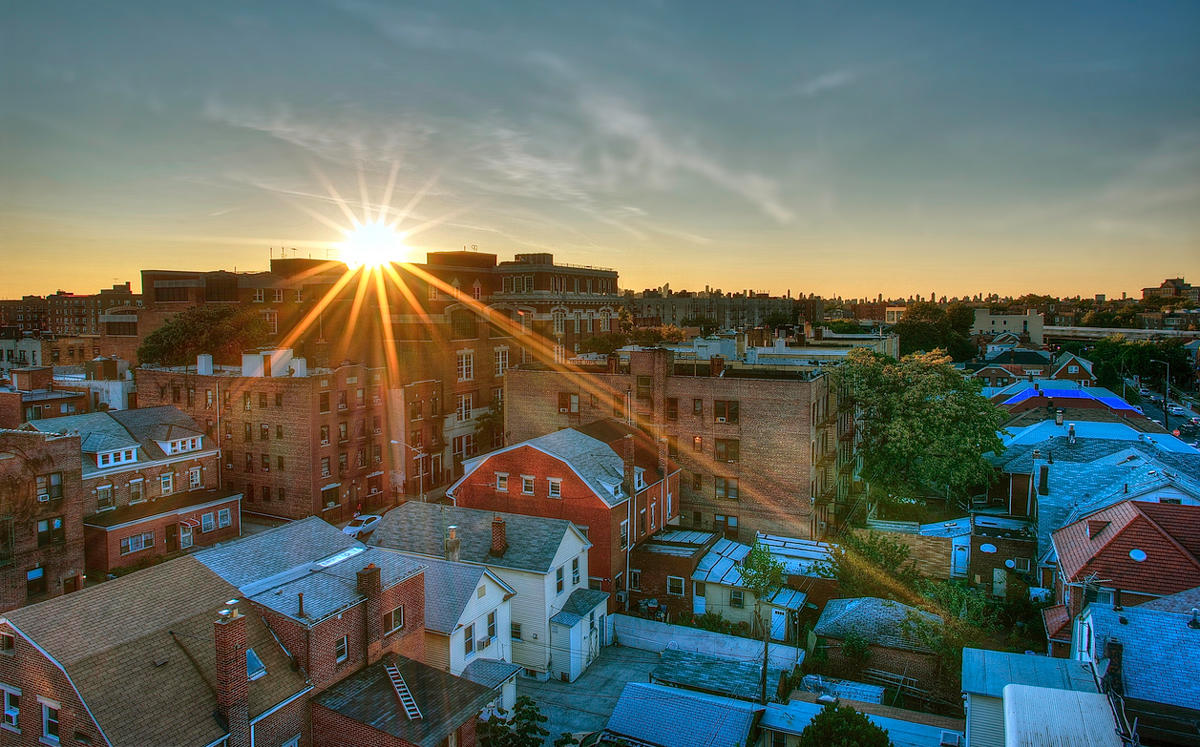Trending
Home equity gains in minority areas outpace increases in white neighborhoods
A weekly feature bringing you the industry's latest intel

According to this week’s market reports, home equity gains in minority areas outpaced increases in white neighborhoods. Meanwhile, Manhattan rents stayed flat in August.
Rentals | MNS
Manhattan rents stayed flat in August, increasing by just 0.8 percent to $4,039. The biggest bargains for the month were two-bedroom doorman units in Soho and the East Village, which saw prices drop to $7,444 (7.5 percent decline) and $5,478 (6.5 percent decline) respectively. The highest price hikes, meanwhile, are for doorman two-bedroom apartments in Greenwich Village, which rose 12.4 percent to $7,715. Read the report here.
Sales | Maxwell Jacobs
The Manhattan residential market remained weak in August. The number of closed sales in the borough dropped 24.1 percent on a year-over-year basis. During the month, one-bedrooms accounted for most of the activity. The segment was responsible for 257 of the 688 total transactions in the borough. The average asking price per square foot also dropped 4.1 percent compared to last year, settling at $1,714. Read the report here.
Sales | Redfin
Home equity in minority neighborhoods across the country rose by 265 percent between 2012 and 2018, going from $69,000 to $254,000. While minority neighborhoods posted the highest percentage gain, they still lagged behind white neighborhoods in terms of average home equity. In 2018, the average home equity for white neighborhoods stood at $348,000. The figure represents a 171 percent increase from the $127,000 average from 2012. Mixed-race communities sat in the middle of the pack, posting a 199 percent average gain between 2012 and 2018. Read the report here.
Commercial
Commercial Broker Confidence Index | Redfin
Brokers remain optimistic about the prospects of the New York City commercial real estate market. The Commercial Broker Confidence Index was at 6.43 in the second quarter, up by 0.49 from the same period last year. In spite of the increase, brokers expressed concern about interest rate hikes and political instability. Read the report here.




